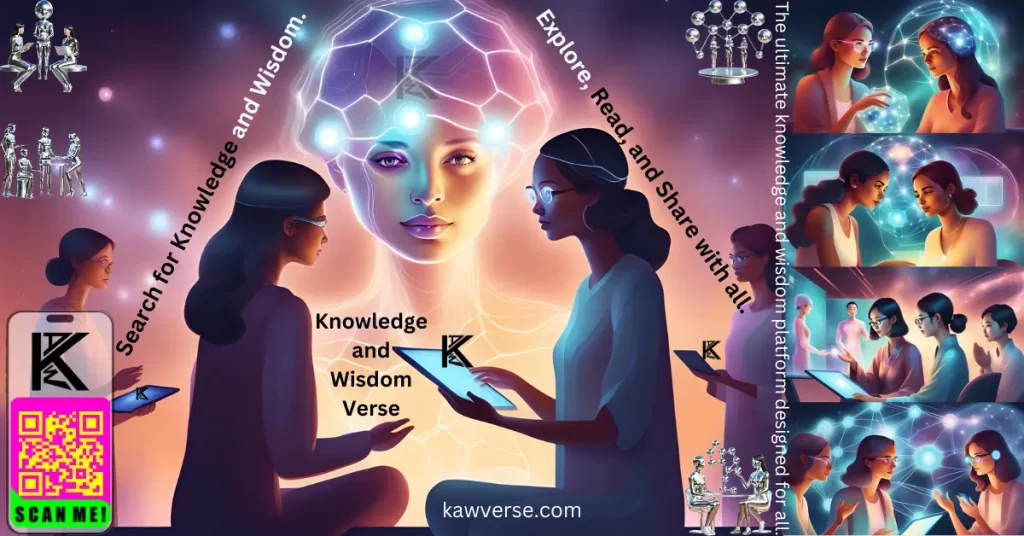The letter “S” is one of the most versatile and significant components of the English alphabet. Representing the 19th position in the alphabet, “S” serves as a cornerstone for countless words, sounds, and meanings in various languages. This article delves into the multifaceted world of “S,” exploring its definition, relevance, and real-world applications. Whether you’re a language enthusiast, a teacher, or simply curious, this guide offers something for everyone.
Benefits of Reading This Article
- Understand the Basics: Gain a clear and authoritative understanding of the letter “S.”
- Practical Applications: Learn how “S” is used in daily communication and specialized fields.
- Broad Appeal: Tailored for readers of all levels—beginners, intermediates, and experts.
- Actionable Insights: Discover tips and examples for applying knowledge about “S.”
- Future Trends: Stay informed about the evolving linguistic and cultural significance of “S.”
Definition of the Letter S
The letter “S” is a consonant and the 19th letter in the modern English alphabet. Its origins trace back to the Semitic letter Šīn, which likely represented a sound similar to today’s “sh.” Over time, “S” evolved through the Greek letter Sigma (Σ) and the Latin alphabet, acquiring its current form and sound.
Key Features
- Phonetics: Pronounced as /s/ in most contexts, as in “sun,” or /z/ in cases like “was.”
- Shape: A sinuous, serpentine curve resembling a snake.
- Symbolism: Often associated with motion, fluidity, and transformation.
Target Audience
This article is crafted for:
- Linguists and Educators: To provide insights into the structure and usage of “S.”
- Students: To help grasp the importance of the letter in language and communication.
- Writers and Content Creators: To inspire thoughtful use of “S” in crafting impactful narratives.
- General Readers: To spark curiosity about the fascinating world of letters.
Applications and Real-World Use Cases
The letter “S” finds applications in diverse contexts:
1. Language and Communication
- Pluralization: “S” is commonly used to indicate plurality (e.g., “cats,” “houses”).
- Possession: The apostrophe followed by “S” denotes ownership (e.g., “Sarah’s book”).
- Prefixes and Suffixes: Forms words like “super,” “semi,” or “-ness,” expanding vocabulary.
2. Mathematics and Science
- Variables and Symbols: Represents speed (s) in physics or entropy in thermodynamics.
- Chemical Notation: Symbol for sulfur (S) in the periodic table.
3. Business and Branding
- Logos: Companies often use “S” in branding to symbolize speed and innovation.
- Taglines: Alliteration with “S” creates catchy and memorable slogans.
4. Pop Culture and Media
- Superheroes: “S” on Superman’s chest is an iconic emblem of hope.
- Music and Film: Titles like “Sgt. Pepper’s Lonely Hearts Club Band” highlight the letter’s allure.
Relevance and Importance
The letter “S” plays a critical role in modern communication and culture. Its significance extends beyond mere usage:
- Linguistic Flexibility: “S” adapts to various phonetic contexts, enriching language.
- Cultural Impact: Frequently used in symbols and logos, “S” conveys universal messages.
- Technological Applications: In coding, “S” often represents string data types or set objects.
Emerging Trends
- AI and Language Models: The role of “S” in linguistic AI training is indispensable.
- Globalization: As languages converge, “S” remains central in shared vocabulary.
Types and Subtopics
Here are some dimensions to explore:
1. Phonetic Variants
- Hard “S”: As in “snake.”
- Soft “S”: As in “vision.”
- Silent “S”: As in “isle.”
2. Symbolic Uses
- Mathematical symbols (e.g., summation symbol Σ).
- Abbreviations (e.g., “S” for South or seconds).
3. Global Perspectives
- French: Often silent at the end of words (e.g., “frais”).
- Spanish: Retains a clear “s” sound.
Key Takeaways
- “S” is foundational in language, culture, and science.
- Its phonetic versatility enriches communication.
- Applications of “S” span diverse fields, from education to technology.
FAQs
Q: Why is “S” used for plurals in English? A: This practice stems from Old English and Latin influences, where “S” indicated multiple objects.
Q: What are some common prefixes with “S”? A: Examples include “sub-” (under), “semi-” (half), and “super-” (above).
Q: How does “S” function in mathematics? A: “S” often represents summation (Σ), speed, or other variables.
Next Steps and Future Directions
- For Educators: Introduce interactive activities to teach “S.”
- For Learners: Practice using “S” in creative writing.
- For Researchers: Explore the role of “S” in linguistic evolution and AI models.
Conclusion
The letter “S” is far more than a simple character; it is a dynamic force shaping language, culture, and thought. Its versatility and widespread use make it a cornerstone of communication. By understanding “S,” we unlock deeper appreciation for the intricate beauty of language.


Leave a Reply
You must be logged in to post a comment.